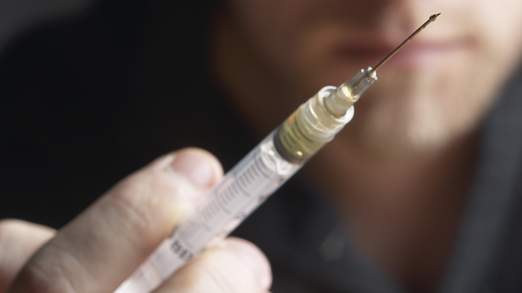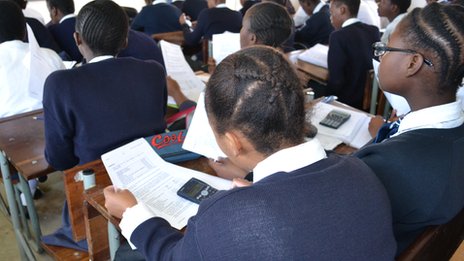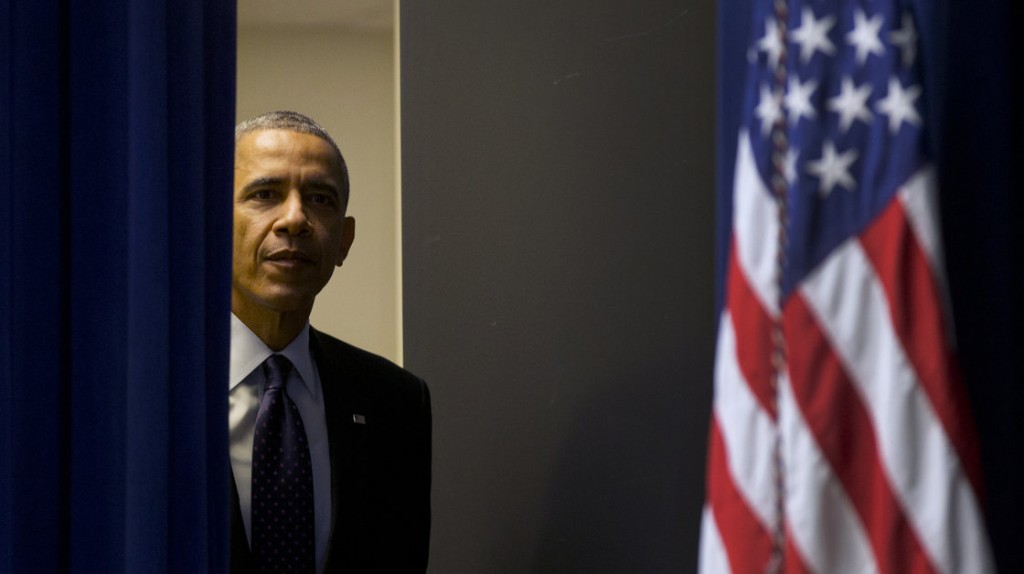We are excited to have Amy join our team to provide leadership and strengthen our collaborations across our cores and with our community partners. Click here for more information about Amy.

The AIDS epidemic in America is rapidly becoming concentrated among poor, young black and Hispanic men who have sex with men.
Despite years of progress in preventing and treating H.I.V. in the middle class, the number of new infections nationwide remains stubbornly stuck at 50,000 a year — more and more of them in these men, who make up less than 1 percent of the population.Giselle, a homeless 23-year-old transgender woman with cafe-au-lait skin, could be called the new face of the epidemic.“I tested positive about a year ago,” said Giselle, who was born male but now has a girlish hair spout, wears a T-shirt tight across a feminine chest and identifies herself as a woman. “I don’t know how, exactly. I was homeless. I was escorting. I’ve been raped.”
Two patients in Boston whom doctors hoped they had cured of both H.I.V. and cancer through bone-marrow transplants have seen their H.I.V. return, researchers said Friday.
Although there was never an expectation that risky bone-marrow transplants would soon be a routine treatment for H.I.V., the news was frustrating to AIDS experts. Many had hoped that the “graft versus host” battle that virtually all such transplants set off could become a potent weapon, at least in a few high-risk cases.
In July, when the two cases were first discussed at an international AIDS conference, it was suggested that they might echo the case of Timothy Ray Brown, the famous “Berlin patient,” who has been free of H.I.V. since a 2008 bone-marrow transplant from a donor with a rare mutation that confers resistance to the virus. Some experts regard him as the first patient cured of H.I.V.
Commemorating the 25th World AIDS Day a day late, President Obama announced an initiative Monday to find a cure for HIV infections that would be funded by $100 million shifted from existing spending.
“The United States should be at the forefront of new discoveries into how to put people into long-term remission without requiring lifelong therapies — or better yet, eliminate it completely,” Obama said at a meeting in the Eisenhower Executive Office Building next to the White House.
The initiative reflects a growing optimism among scientists that it may be possible to get patients’ immune systems to control HIV without drugs, or even to eliminate the virus from their systems. A feat like that seemed impossible not so long ago. The moneywill come from expiring AIDS research grants over the next three years, the administration said in a statement.
The World Health Organisation (WHO) has been forced to backtrack after wrongly claiming Greeks were intentionally infecting themselves with HIV to claim benefits.

WHO said HIV rates had risen “significantly” in the debt-ridden country, with “about half” of new HIV infections self-inflicted, allowing people to receive benefits of €700 (£585) per month.
The report, prepared by University College London’s Institute of Health Equity, said: “HIV rates and heroin use have risen significantly, with about half of new HIV infections being self-inflicted to enable people to receive benefits of €700 per month and faster admission on to drug substitution programmes.”
The findings were reported by news organisations around the world, but after the claims came under further scrutiny, WHO was forced into a humiliating climbdown.
Government grants in South Africa are helping poor girls resist the advances of older men, reducing the risk of getting HIV, a study says.
The Oxford University study found that girls from homes which received child support grants were two-thirds less likely to date older men for money.
Young girls are up to three times more likely to become infected with HIV than boys in South Africa, experts say.
Local officials see “sugar daddies” as a major factor in the spread of Aids.
South Africa has more people living with HIV than any other country.
A team of researchers from universities including UK’s Oxford University and South Africa’s Witwatersrand University interviewed more than 3,500 teenagers from two provinces in the country over a period of three years.
According to the study, teenage girls from households which received child support grants are less likely to sleep with an older man in exchange for money, food or school fees than those from homes which did not receive the benefit.
“This study shows that as long as they are given enough money to survive, girls will choose not to have a sugar daddy,” said Lucie Cluver of the University of Oxford.
In Kenya 1.5 million people are living with HIV, and there are about 100,000 new infections every year. Despite this, some sex workers are having unprotected sex – and taking
antiretroviral drugs afterwards to cut the infection risk. How reckless is this?
“Let me tell you the truth about why many of us don’t use condoms,” says Sheila who has been a prostitute in Nairobi’s Korogocho slum for six years.
“We don’t have money, and when you meet a client who offers to give you more money than you usually get, you have sex without protection even when you don’t know his HIV status.”
Sheila says she and other prostitutes can go to a clinic the next morning to get emergency antiretrovirals – drugs which suppress the virus, if taken within 72 hours of infection, and in many cases stop its progression.
“We use this medicine like condoms,” she says.
The type of antiretroviral in question is known as post-exposure prophylaxis, or PEP.
It is intended to be used in emergencies. For example, it is given to victims of rape if their attacker is thought to be HIV-positive, or to medics who have been pricked by a potentially infected needle.
Click here to view full article
The Affordable Care Act will broaden health care coverage for many of the 1.1 million Americans infected with HIV, especially those who live in the 25 states and the District of Columbia

that have opted to expand Medicaid. In those states, the larger Medicaid programs will cover about 60% of the mostly uninsured patients currently receiving help from federal-state HIV programs.
Medicaid will cover all of their health needs, not just their AIDS/HIV treatments.
Nationwide, another 30% of the people receiving HIV services now will qualify for tax subsidies to help them purchase insurance on exchanges, according to data from the National Alliance of State & Territorial AIDS Directors.
As a result, state officials who run so-called Ryan White programs that provide health care and other services for HIV-infected residents are preparing for a major shift in the type of benefits they offer and possibly the level of future investment.
 Over the past decade, scientists have made incredible strides in the field of HIV research – leading to the development of numerous medications that can effectively manage the disease and provide patients with a near normal life expectancy.
Over the past decade, scientists have made incredible strides in the field of HIV research – leading to the development of numerous medications that can effectively manage the disease and provide patients with a near normal life expectancy.
But a cure for the human immunodeficiency virus has still eluded scientists, and now a new report from Howard Hughes Medical Institute (HHMI) has revealed that completely eradicating the virus may be much more difficult than previously thought.
In a new study published in the journal Cell, researchers have discovered that the reservoir of latent or inactive HIV that silently lingers in a patient’s body is much larger than scientists believed. In fact, this pool of viruses – known as HIV proviruses – may actually be 60-fold greater than previous estimates.
According to researchers, these findings are a major setback in the fight to cure HIV.

A 3-year-old girl born in Mississippi with HIV acquired from her mother during pregnancy remains free of detectable virus at least 18 months after she stopped taking antiviral pills.
New results on this child, published online by the New England Journal of Medicine, appear to green-light a study in the advanced planning stages in which researchers around the world will try to replicate her successful treatment in other infected newborns.
And it means that the Mississippi girl still can be considered possibly or even probably cured of HIV infection — only the second person in the world with that lucky distinction. The first is Timothy Ray Brown, a 47-year-old American man apparently cured by a bone marrow transplant he received in Berlin a half-dozen years ago.
This new report addresses many of the questions raised earlier this year when disclosure of the Mississippi child’s case was called a possible game-changer in the long search for an HIV cure.
“There was some very healthy skepticism,” Dr. Katherine Luzuriaga, a professor at the University of Massachusetts in Worcester, tells Shots. She’s part of the team that has been exhaustively testing the toddler’s blood and considering every possible explanation for her apparently HIV-free state.



